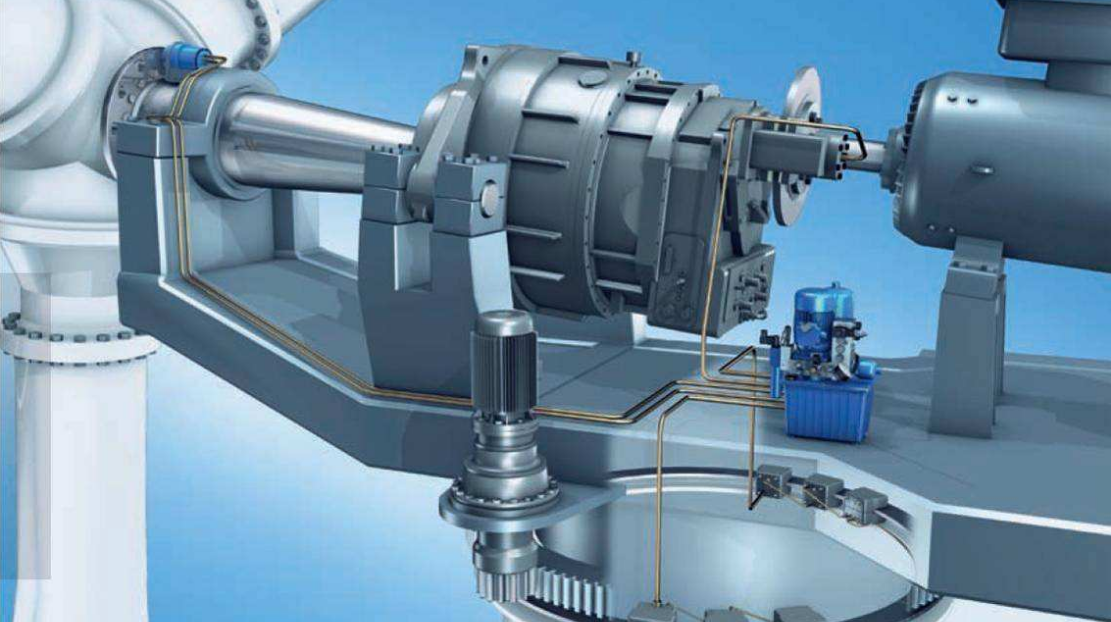At present, the gearboxes used in wind turbines mainly include a main speed increaser and a yaw pitch reducer. Among these gearboxes, the spur gear drive and the helical gear drive are respectively applied.
Below, we briefly describe the respective characteristics of the spur gear and the helical gear drive:
Q: What are the advantages of spur gear transmission?
Answer: The transmission ratio range is large, the efficiency is high, and the processing is easy.
Q: What are the disadvantages of spur gear transmission?
answer:
1. The spur gear transmission produces a large vibration.
2, spur gear transmission Whether due to design, manufacturing or deformation, etc., at the same time along the entire tooth surface may occur some changes in the shape of the involute. This will result in a regular, one-time excitation per tooth, which is often very intense. The resulting vibration causes both a large load on the gear and a noise.
3. The additional strength sometimes obtained by the engagement of two pairs of teeth during contact time cannot be utilized because the stress is limited by the condition of single tooth engagement in the cycle.
to sum up:
Compared with the main speed increaser, the load of the yaw pitch reducer is generally relatively small. Due to structural design reasons, the gear of the yaw pitch reducer is also subjected to axial load, and at the same time, the yaw pitch is decelerated. The device has a large transmission ratio. In summary, the spur gear is ideal for use with yaw pitch reducers.
Q: What are the advantages of helical gear transmission?
answer:
1. The helical gear can be regarded as a cylindrical gear which is placed in a wrong position by a set of thin spur gears, so that the contact of each piece is in different parts of the tooth profile, thereby generating the effect of compensating for the error of each slice gear. Due to the elasticity of the teeth, it is very effective, and as a result, the teeth having an error of less than 10 mm can make the errors average, and thus, under load, can operate smoothly like the teeth with an error of 1 mm. Because at any instant, about half of the time (assuming a degree of coincidence of about 1.5) will have two teeth engaged, which brings additional benefits in terms of strength. Therefore, the stress can be established on a basis of 1.5 times the tooth width instead of one tooth width.
2. The minimum number of teeth of the helical gear without root cutting is less than that of the spur gear. Therefore, the helical gear transmission can obtain a more compact mechanism.
Q: What are the disadvantages of helical gear transmission?
answer:
1. It is easy to produce bad axial force.
2. Increased manufacturing costs.
Summary: Although there are still some shortcomings in the helical gear transmission, the disadvantages that can be solved are insignificant compared to the advantages brought about. Therefore, in the field of wind power transmission, most of the main speed increasers use helical gear transmission.
















 RCCN WeChat QrCode
RCCN WeChat QrCode Mobile WebSite
Mobile WebSite